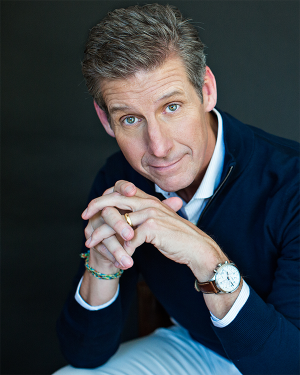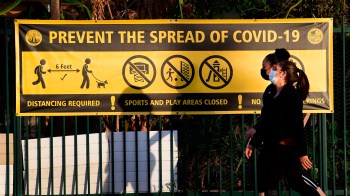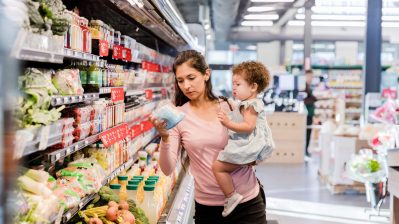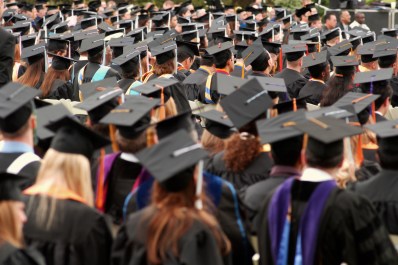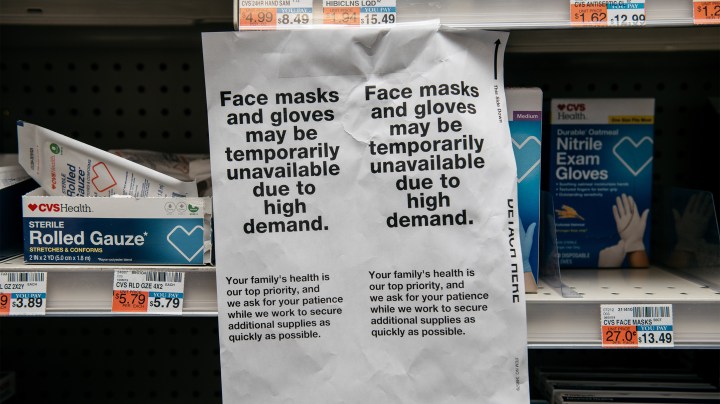
COVID-19 draws apparel manufacturers into the surgical mask business
COVID-19 draws apparel manufacturers into the surgical mask business

Last week, Kathlin Argiro, a professor at the Fashion Institute of Technology and the chief product officer at Altress, a small dressmaking company, got a request from a local hospital in New York City. The hospital wanted to know whether Altress could make surgical masks.
Around the country, hospitals have been running dangerously low on medical supplies — in particular, protective gear like face masks. Doctors and nurses have been reusing the same mask for days and cobbling masks together out of office supplies.
Argiro’s company pivoted. It’ll make 1,000 masks this week.
“The masks themselves are actually pretty easy to make, especially for an experienced sewer, they’re really quite simple,” Argiro said.
Thing is, the Altress team usually works together. One person cuts, another sews, another assembles. But since they’re working from home, “every sewer is doing every part of the process,” Argiro said.
“So that is a huge challenge. It’s just the logistics of having to sew in this way is not efficient at all.”
Altress. Hanes. The fashion designer Christian Siriano. And lots of smaller apparel companies. They’re all getting into the mask-making business.
But surgical masks are not the ideal protection for health care workers treating COVID patients. They often need heavier duty masks, N95s, which are in very short supply right now and are harder to make.
Manufacturers need special material, a type of polypropylene. And they need certain equipment, too.
“One of the key things is you need the machines to actually make them and one of the machines that can actually take polypropylene and convert it into the mask,” said Yogesh Bahl, a managing director at Alix Partners.
The companies that make N95s, like 3M and Honeywell, are ramping up production. It’s not yet clear whether they’ll be able to meet demand.
There’s a lot happening in the world. Through it all, Marketplace is here for you.
You rely on Marketplace to break down the world’s events and tell you how it affects you in a fact-based, approachable way. We rely on your financial support to keep making that possible.
Your donation today powers the independent journalism that you rely on. For just $5/month, you can help sustain Marketplace so we can keep reporting on the things that matter to you.


